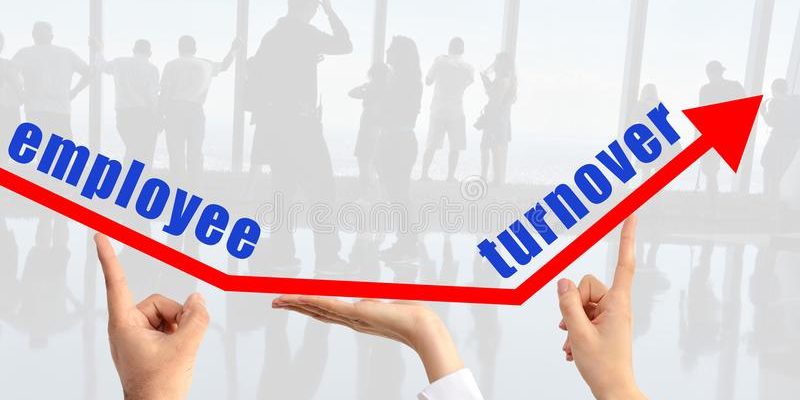What Is Employee Turnover?
Employee turnover is the total number of people with whom you have parted company in a set period of time. We use the company’s size as a scale to judge the rate of turnover.
For instance, if 5 people leave a 20 person firm, that means a high rate of staff turnover. If 5 people leave a 10,000-person company, then that company has extraordinary staff retention practices.
Right now, across the country, people are seeing out their last day in their current job.
Some are leaving because of a major life change, like retirement or moving to a new city.
For those people, there will be farewell parties and promises to stay in touch.
Others are leaving in more fraught circumstances. They might have left because they were unhappy with their career path or because they couldn’t find a sustainable work-life balance.
Some were let go for poor performance; others have lost their job in a restructuring. Meanwhile, their worried ex-managers are growing concerned about employee turnover.
So, what is employee turnover, exactly? With the Bureau of Labor Statistics reporting record quit rates, it’s more important than ever that you understand turnover and the aspects of this process that you can control.
What Is Employee Turnover Costing Your Business?
At SWHR, we routinely perform HR audits for our clients.
One of the most common questions we’re asked is: how I can reduce my rate of employee turnover.
It’s important to start by asking: what is employee turnover? As you’ve seen above, turnover requires a great deal of context before you can see how it’s affecting your business.
If turnover is higher, we investigate to ensure there is not a systemic problem within the organization.
Some companies think everyone is replaceable and it’s no big deal if someone leaves; as there is always someone else looking for a job.
The truth is, although all employees can be replaced, losing an employee costs the company both directly and indirectly
Recruitment is the main direct cost of employee turnover.
You have to go back to the hiring marketplace and invest resources into the search for a new person. It’s expensive and time-consuming.
Your main costs will be the hourly rates paid to people working on recruitment.
Employee Turnover Costs You Will Need To Consider?
- Recruitment process management: You’ll need someone to oversee the recruitment process. This might be a member of your in-house HR team or an external consultant, such as a Recruitment Process Outsourcer.
- Advertising: You’ll need to pay to get your vacancy listed on job boards. For more senior positions, you might also advertise in specialist publications and websites. Writing a great job description can take time and often involves contributions from senior leaders.
- Internal resources: Every stakeholder involved in the recruitment process will have to take away from their routine tasks. These people are often highly valuable staff members, like managers, technical specialists, and HR experts.
- Onboarding: A strong onboarding process is a key part of employee retention. You will need some people on your HR team to spend time inducting the new hire into your company culture.
- Training and mentoring: Finally, the new hire will need to learn the ropes before they become fully productive. E-learning can help reduce the cost of training new employees—but you still have lost productivity while waiting for a new hire to get up to speed.
There are also indirect costs of employee turnover to consider.
These are harder to quantify, as they don’t show up on your profit and loss statement.
Some of the ways turnover affect your bottom line include:
- Lowered productivity for the department
- Pressure on remaining staff have to compensate for lack of resources
- Process bottlenecks that emerge because you’re lacking trained staff
- Loss of institutional knowledge
- Dip in morale, especially if the former employee was well-liked
How To Reduce Employee Turnover?
The first step is to understand what’s driving your employee turnover.
There will always be a degree of unavoidable employee attrition as people naturally move on to the next phase of their lives.
As an employer, you should prepare for such changes and support people through the transition.
But avoidable turnover can really hurt your company’s growth.
The Bottom Line
The bottom line is this: turnover is expensive. The exact cost depends on the position. One study by SHRM found that the minimum cost of staff turnover is 16% of the employee’s annual salary.
That’s if it’s an unskilled worker on an hourly contract. When top performers leave an organization, the cost can rise to over 200% of the annual salary.
With that kind of expense, it’s no wonder that most businesses want to keep their employee turnover to a minimum.
SW HR Consulting has been helping companies to build their teams and values for over 10 years. Contact us to find out more about our unique hr outsourcing services and see how our expertise can benefit you.







